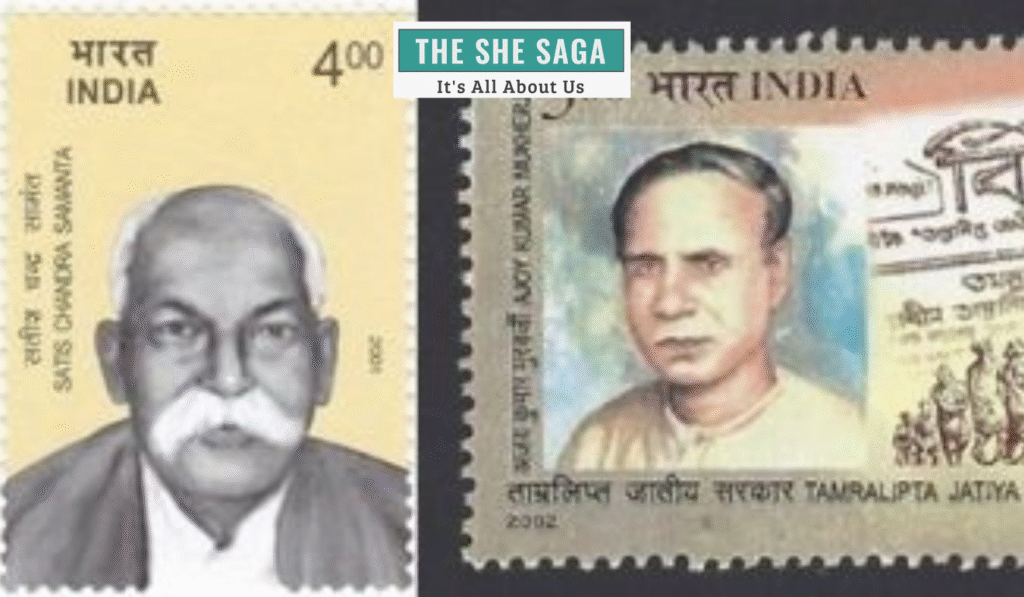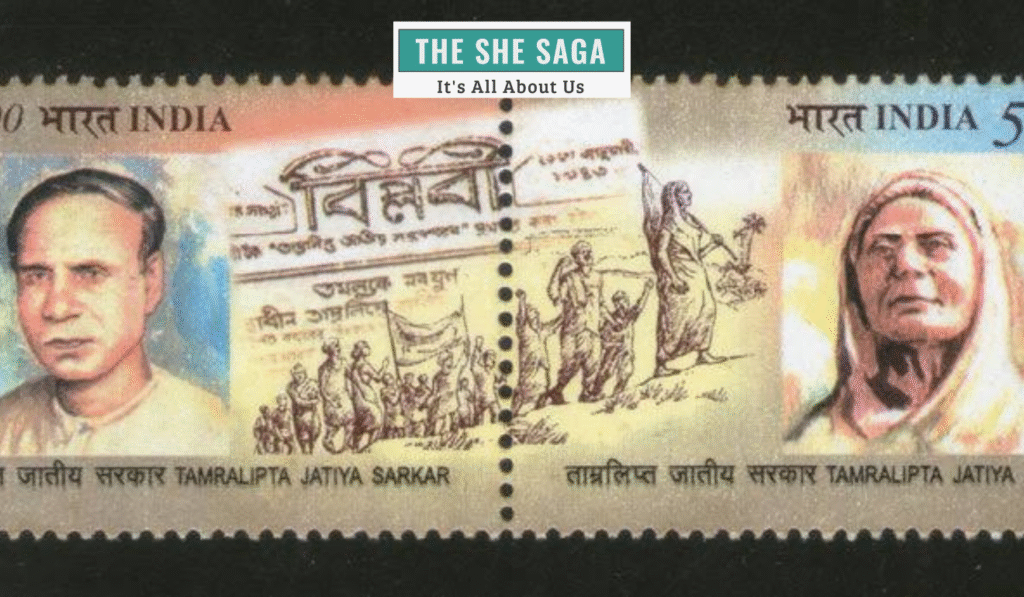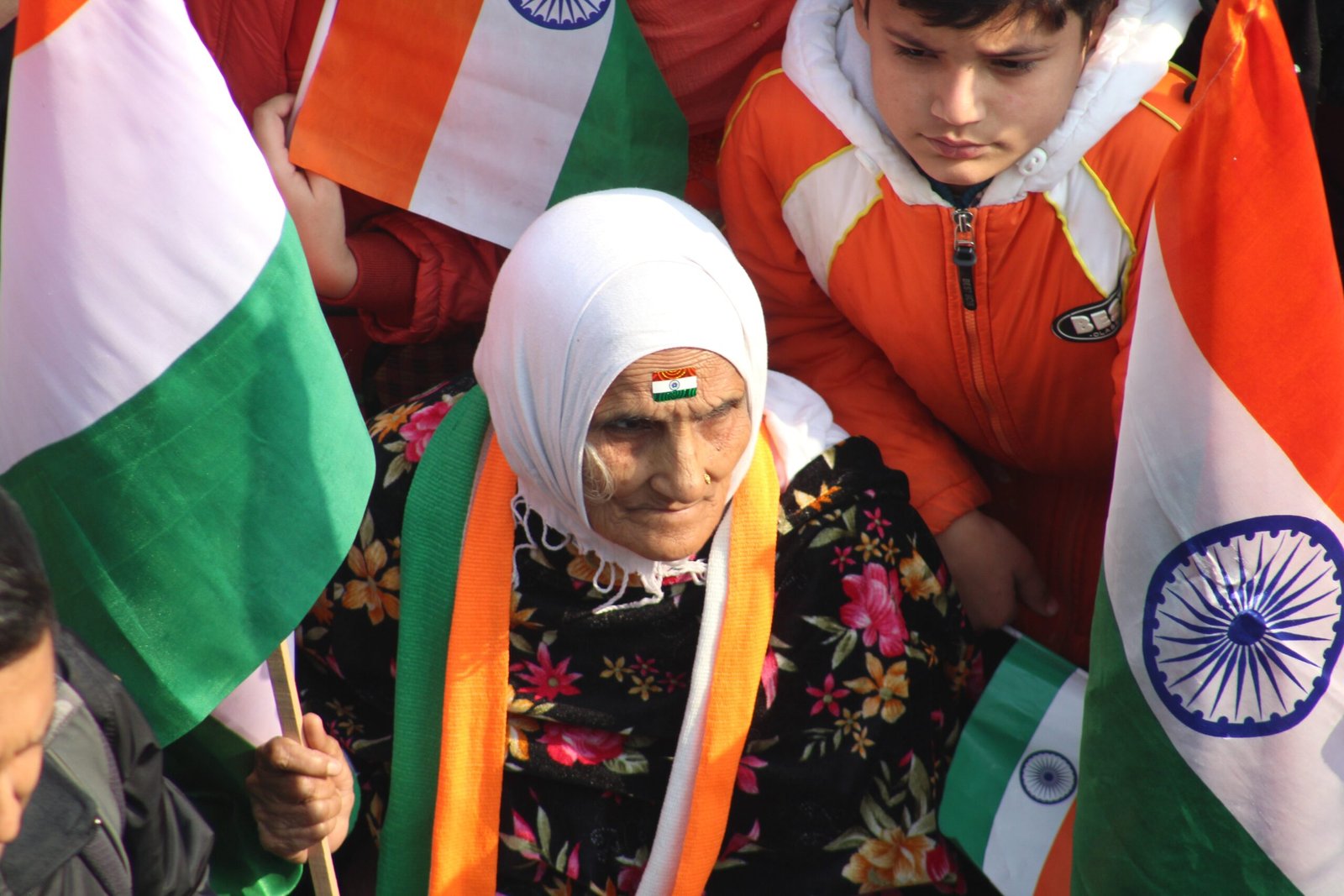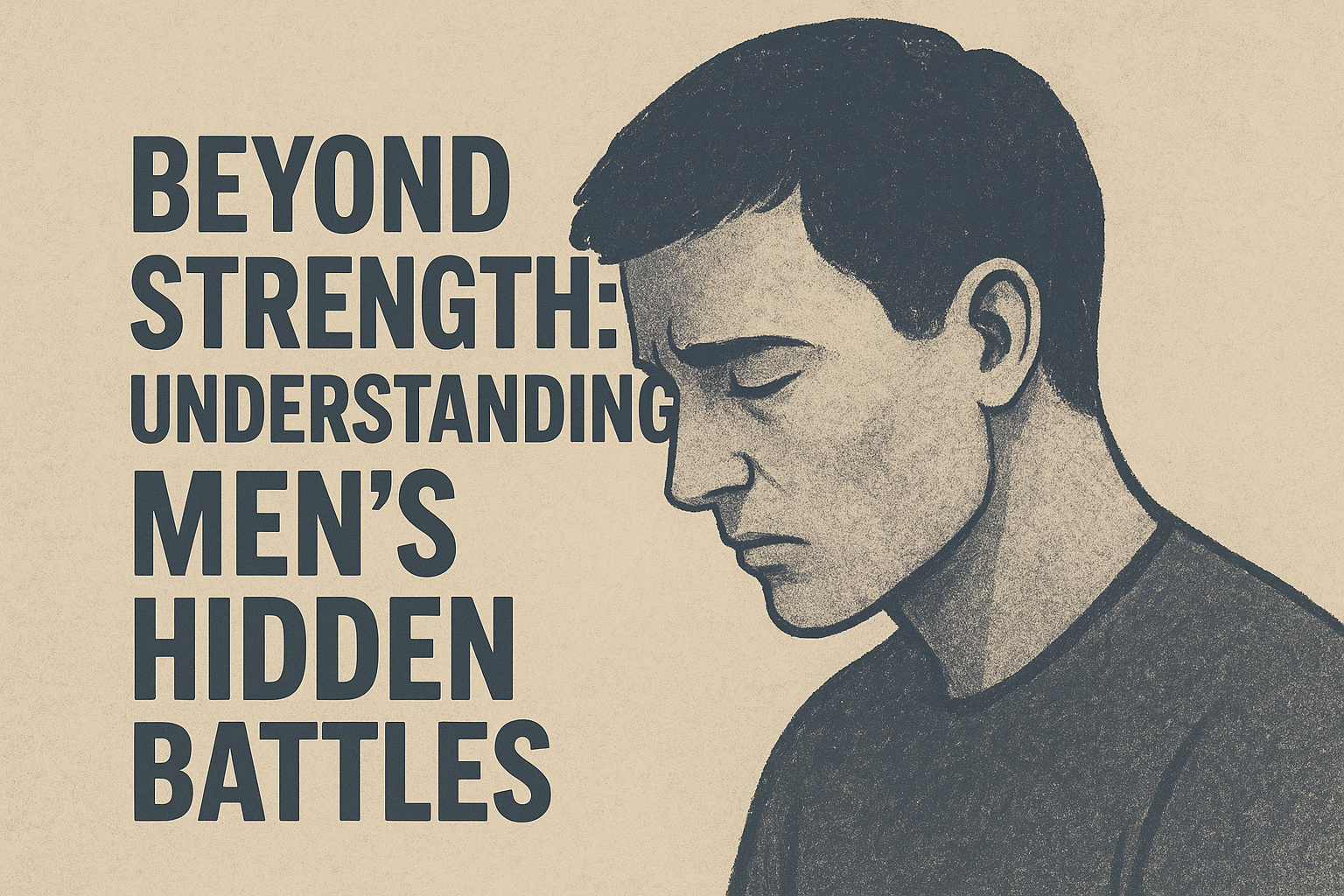When Bengal Broke Away from The Raj and Ruled in Autonomy.
In 2024, I was fortunate enough to bag an internship from the Ministry of Culture, which involved creating snippets about unknown heroes of Indian Independence.
Tamralipta Jatiya Sarkar
So, did you know that during Mahatma’s Quit India Movement in 1942, our own Bengal cut itself off from the British Raj, and ran a parallel government? Defying all rules and laws set by The British, the Purba Midnapur District of West Bengal established it’s own Government for almost two years, from December 1942 to August 1944. This parallel government was formed in the Contai and Tamluk districts of Mindapur, and was named Tamralipta Jatiya Sarkar. It was disbanded in 1944 at Mahatma’s request.
Though I had always known that Bengal has been the Land of strong Revolution and revolutionaries, little was I aware of the sheer magnitude of the rebellion.
Matangini Hazra and the Beginning
Matangini Hazra
It all started with the martyrdom of Matangini Hazra, a 72-year-old freedom fighter from Tamluk, who was shot down by British Indian soldiers while leading a protest march along with the Vidyut Bahini volunteers. She was a staunch Gandhian, and was often referred to as Gandhi Boori. She was shot on 29th September 1942 and then, all hell broke loose. Her martyrdom ignited the spark of a massive movement for freedom.
Post this incident, there were widespread revolts, many of them violent, across Tamluk and Contai which eventually led to the brave formation of Self – Governance.

Khejuri Police Station and others.
Purba Medinipur District of West Bengal
Khejuri Police Station, located in the current Purba Medinipur District of West Bengal, was one of the first Police Stations which was attacked and set on fire by revolutionaries. On 28th September 1942, an angry mob of men and women attacked Khejuri Police station. The chief officer was captured along with three constables. Other government offices, like the Khejuri Sub Registry office, offices of the 5 Panchayat Unions, the Dak Bungalow and office of the Binsalini Board were also attacked. Eventually all files, records, postage stamps and envelopes were burnt.
The revolutionaries destroyed the telegraph poles that connected Khejuri to the outside world. Alcohol shops, ferry boats and School Inspector’s office at Kalegachia were demolished. The office of Sub Overseers at Kalinagar was set alight. The wooden bridges of Lalat Janka road were destroyed, to cut down any communication with the outer world.
The torching of Khejuri Police Thana was just the beginning. Post this attack, the next day, twenty thousand protestors attacked Bhagbanpur police station. That very night, volunteers who were well armed, attacked Pataspur police station, capturing officials, seizing their arms and torching the Police station entirely, with all it’s records.
On 30th September 1942, a mob of ten thousand rebels attacked Nandigram Thana and burnt down many Government Buildings. On the same day, Sutahata Police Station was looted, with the money in the safe and officer’s gun.

A plan to destroy Kalinarayanpur Railway Bridge was also hatched, which connected North-South, North-East and North-West of the then India. This plan was but foiled.
The British Raj was caught totally unawares
The Raj or the police could do nothing to control the rebellion. The revolutionaries in Bengal won a huge victory over the British with these attacks, gaining autonomy over many regions.
A Parallel Government was thus formed in Purba Medinipur where the revolutionaries cut off all contact with the outer world. Telegraphs, telephone, and railway lines to outside Bengal were entirely eliminated, and the people of Bengal took control of Law and Order, judiciary, and infrastructure activities, calling them independent of the British Raj.
This government included a Sarbadhinayak (dictator), ministers (Sachivas), and various departments like Law, Finance, Education, War, Administration of Justice, Home, and Defence. It established flood relief committees, organized schools, police stations, revenue offices, and even formed armed vigilante groups. This national government was formed by Satish Chandra Samanta, who was the supreme leader till his arrest in June 1943, and he was aided by several ministers and protagonists like Sushil Kumar Dhara, and Ajoy Mukherjee.
Satish Chandra Samanta
Their Fight for our Freedom
Isn’t it amazing that almost 8 decades ago, our ancestors fought so hard, rebelled, and struggled to win us the Freedom we celebrate every year on 15th August. But for how many of us does the 15th of this month mean more than just a holiday, a long weekend this time? I wasn’t aware of this episode. I don’t remember having been taught about this in textbooks. I only wish I could read more about such unsung revolutionaries, people who are seldom mentioned in history. So I could perhaps share more, spread awareness, and make 15th August more than just a holiday.

By Preethi Warrier
Preethi Warrier has completed her Masters in Electronics Engineering and is an Assistant Professor. She is one among the winners of the TOI Write India Campaign Season-1, for the famous author Anita Nair. She can be contacted at : warrier.preethi@yahoo.com














